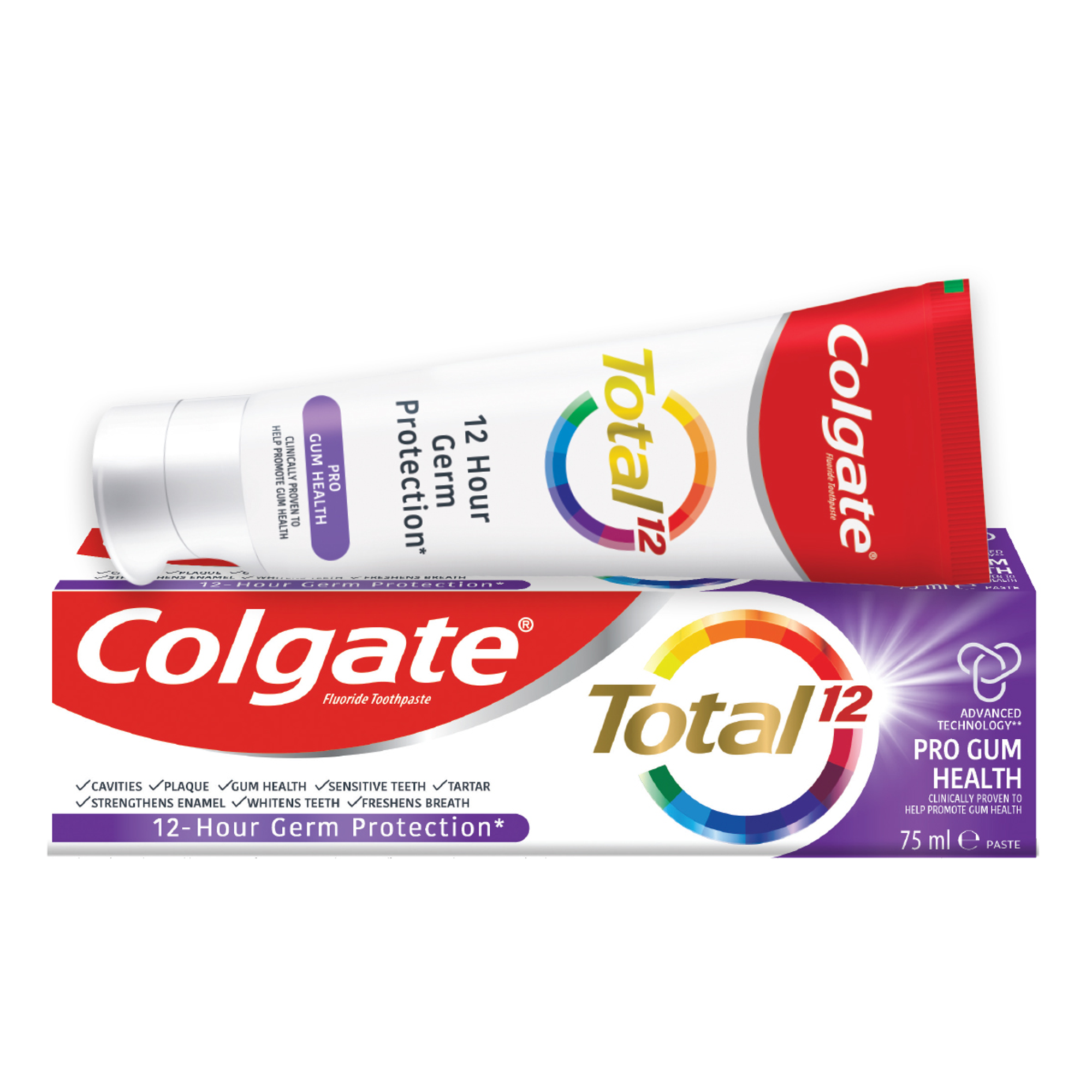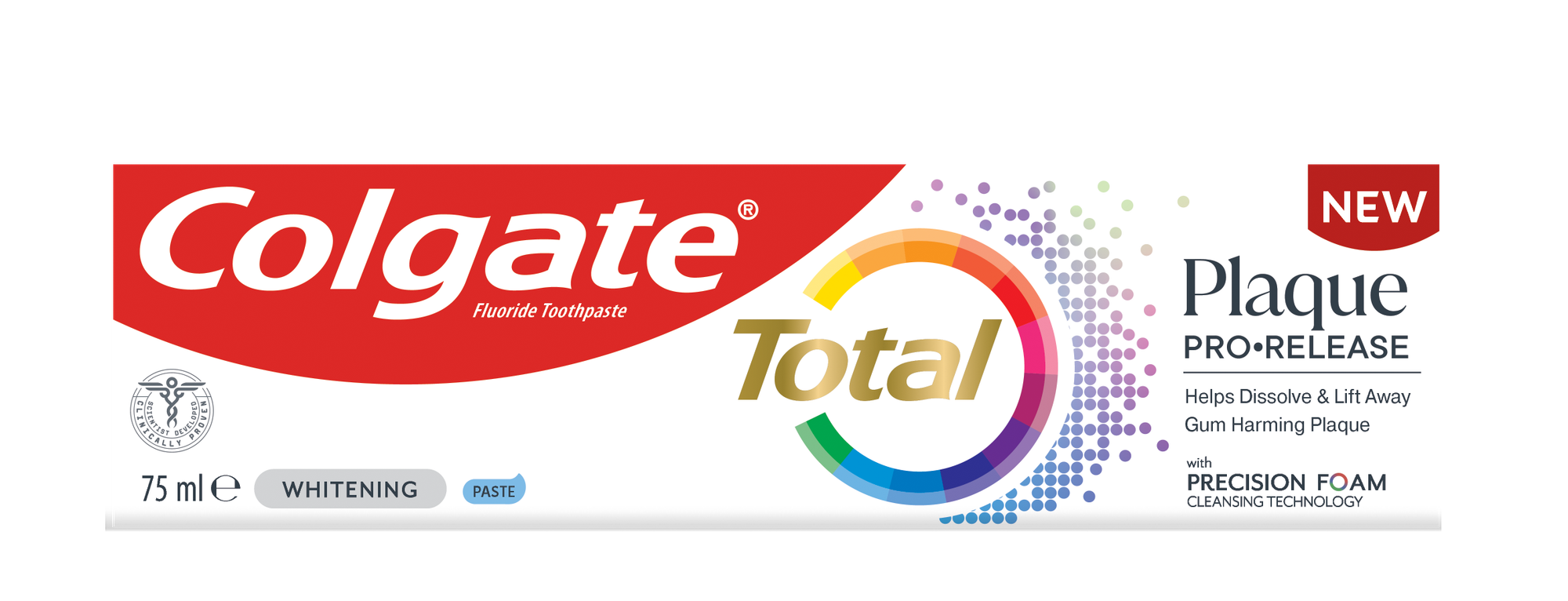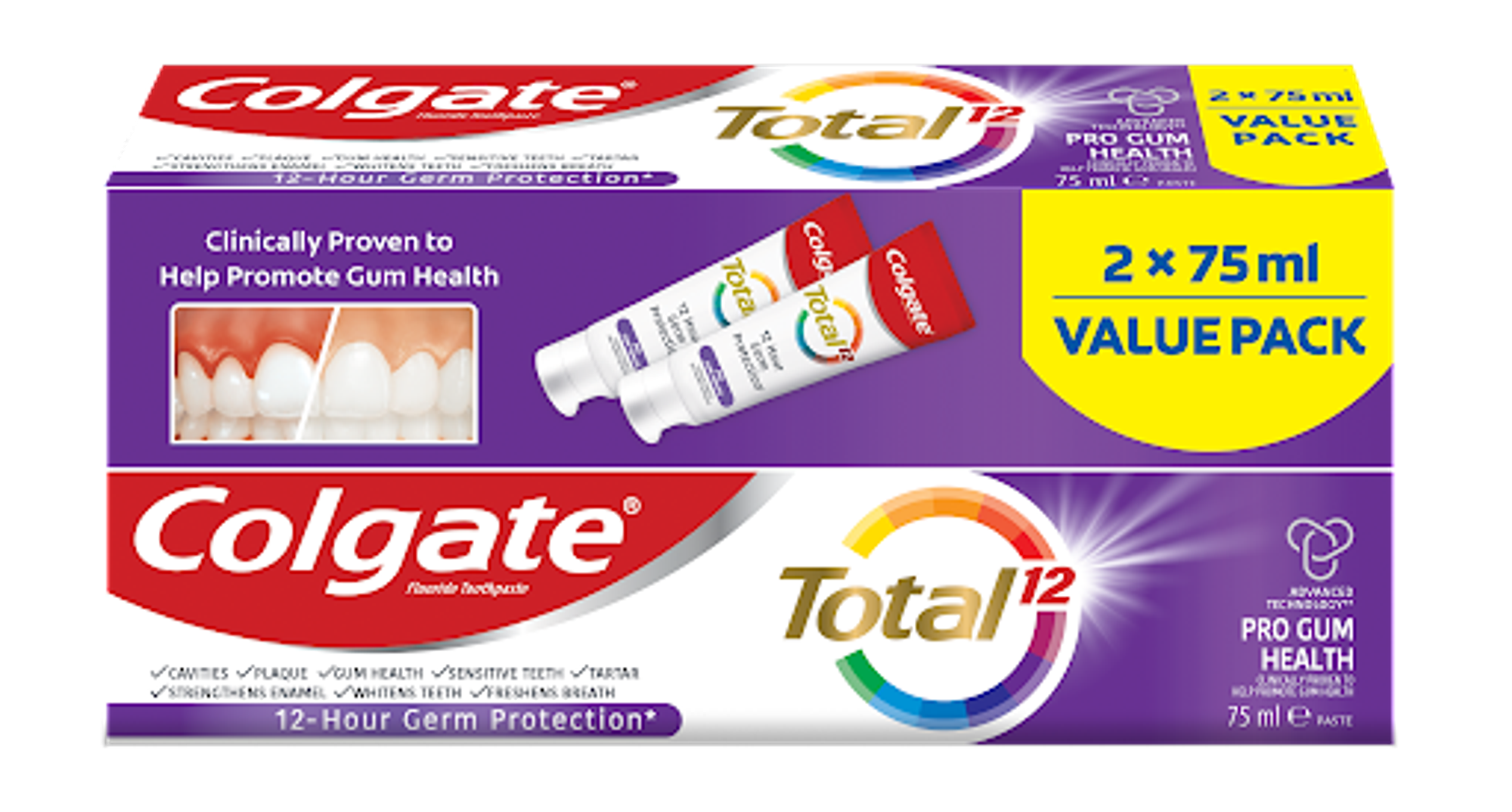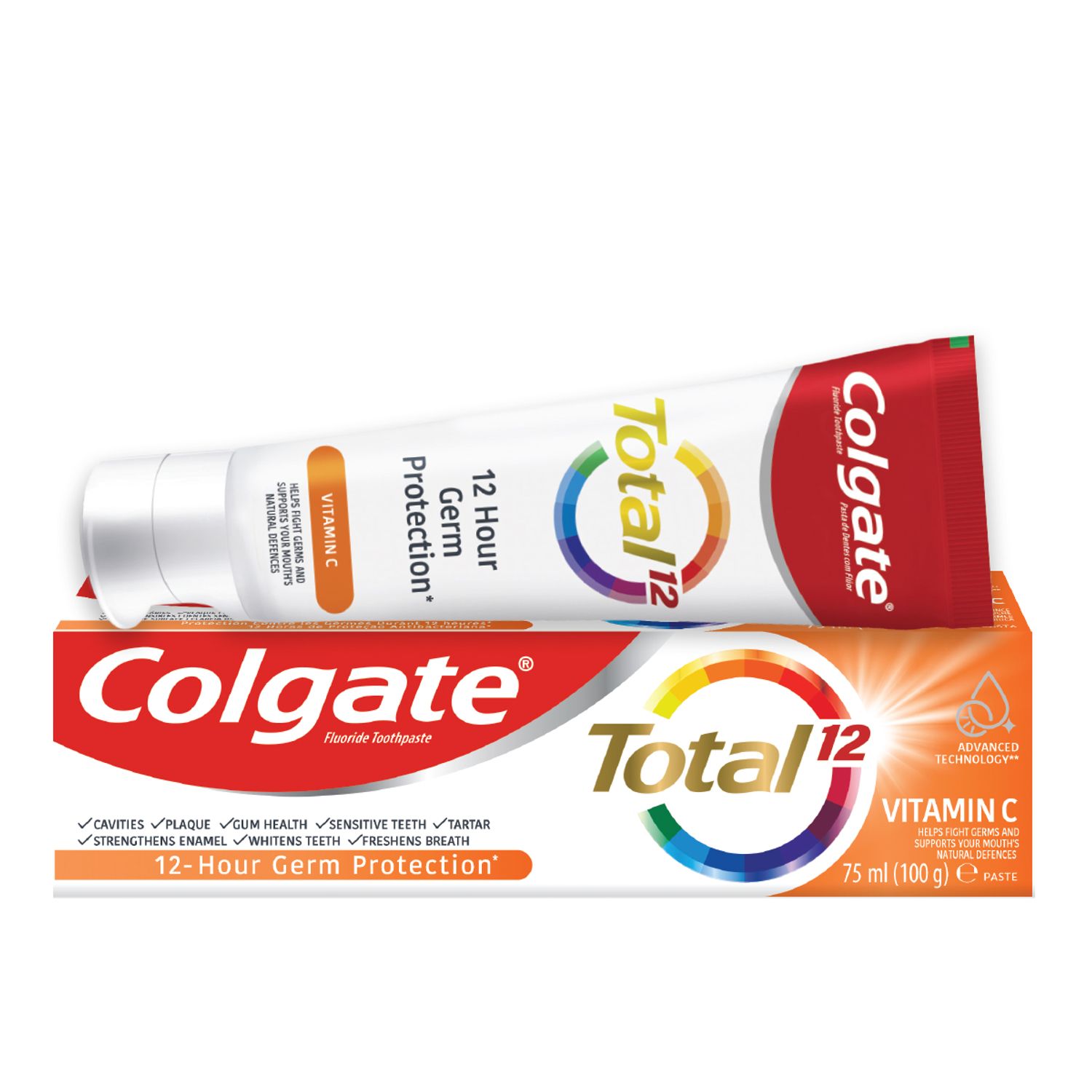-
-

CAVITIES
Can You Heal A Cavity At Home?You feel a sharp pain when you bite down or try to eat. You think it's a cavity, but you're not 100 percent sure...

BAD BREATH
How To Cure Bad BreathMore commonly known as bad breath, halitosis is an embarrassing hygiene issue that nobody wants, but some of us get every now and then...
-
Science & Innovation
- Colgate® | Toothpaste, Toothbrushes & Oral Care Resources
- Oral Health
- Taking Care of Swollen, Bleeding Gums


Gum problems can affect anyone. Whether you brushed too hard or flossed too vigorously, you've probably noticed your gums becoming tender and swollen when you brush or floss. Healthy gums usually recover quickly from mild trauma, but if you have swollen or tender gums for several days or longer, there likely may be other problems that are contributing to the condition.
Signs and symptoms of gum problems
Normal gums are pink and firm to the touch. If your gums appear bright, swollen, puffy or tender, this is generally a sign of gum problems. One of the most common gum problems in adults is gingivitis. The South African Dental Association reports that dental cavities and periodontal (gum) disease are the most common oral problems.
However, there are other causes of gum problems, including:
A person who has a bleeding disorder
Pregnancy and hormonal changes in women
Wearing dentures that don't fit properly
Brushing too hard
Incorrect flossing
Systemic infections
Use of certain medications and medicinal therapies
Smoking and chewing tobacco
Vitamin deficiency
Preventive Measures
Proper oral hygiene helps prevent tender or swollen gum problems. Brushing for about two minutes at least twice a day and flossing at least once a day is essential. To brush your teeth correctly, use short, gentle strokes and pay extra attention to the gum line, your back teeth and any fillings, crowns or restorations you have. Consider using a soft-bristled toothbrush, which has a flexible toothbrush head and is specifically designed to prevent excess pressure on your gums.
Start to floss once an evening before you go to bed. Proper flossing between the teeth, curving the floss around the tooth in a "C" shape and gently moving it up and down as well as under the gum line is important. Make sure you use a new section of floss for each tooth so you are not moving plaque around from tooth to tooth. As flossing helps to remove plaque germs and food debris, it's an important preventative step in helping avoid gum problems.
Swollen and Tender Gums in Children
Gum problems are common in children, but preventable and treatable. Teaching children proper brushing habits early in their life and scheduling regular dental check-ups to treat any gum or tooth-related problems will help.
If your child is getting a new tooth, you will see swelling and redness in that area. Apply ice to the area to soothe the tenderness. Sometimes, hard candy or crunchy items can scrape a child's gums, which can cause tenderness and swelling. It's also common for children to injure their mouths after a fall or while playing. If the injury looks severe and any bleeding lasts more than 10 minutes, visit a doctor.
Treatment
For milder cases of swollen gums, consider cleaning the gums properly and swishing salt water around in your mouth, which can help reduce swelling. For tender or swollen gums, a gauze pad dipped in ice water or a damp tea bag pressed on the site will provide relief. Speak to your pharmacist if you may need to take over-the-counter pain relievers to reduce pain.
The best treatment for advanced gum problems is a professional dental cleaning to remove tartar and plaque. Brushing with an anti-germ toothpaste helps fight germs and aids in reducing plaque, tartar build-up, cavities, bad breath and promoting gum health between visits to your dentist.
Related Products

Helping dental professionals
More professionals across the world trust Colgate. Find resources, products, and information to give your patients a healthier future











